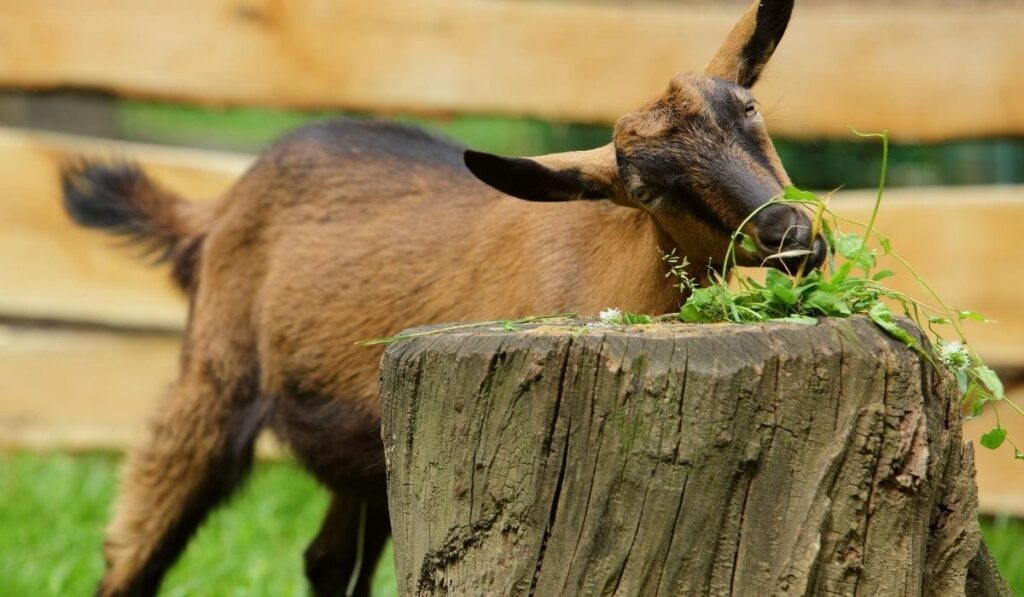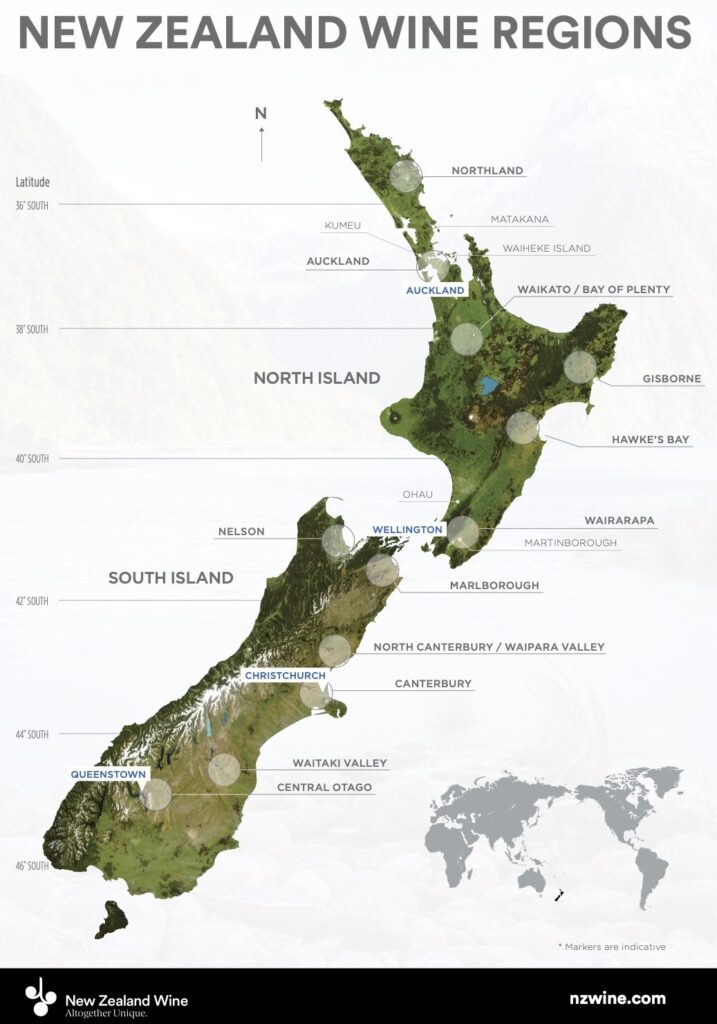From the lush vineyards nestled in the sun-kissed valleys to the cool-climate coastal regions, New Zealand boasts a terroir like no other. Encompassing two islands across 10 degrees of latitude, each with its distinct climate, this land holds a captivating wine story that I came to appreciate during an enlightening online course by the New Zealand Winegrowers association.

Historical Roots
New Zealand takes pride in being the only wine region globally that can pinpoint the exact date of planting its inaugural grapevines. On September 25, 1819, Samuel Marsden planted those first vines, an event meticulously documented in his journals. An amusing anecdote from those pages recounts the vine-nibbling escapades of goats, just after this historic milestone.
New Zealand Wines Today
While contributing less than 1% of the world’s total wine production, New Zealand commands global recognition for its top-quality wines. Surprisingly, New Zealand boasts 50% more vineyard land than Napa Valley. The heart of this recognition rests on Sauvignon Blanc, making up a remarkable 71% of the nation’s output. Yet, hidden gems captivate the discerning palates, and I know you, dear reader, are among those who relish such discoveries.
Let’s explore the duality of the North and South Islands, which together form the splendid tapestry of New Zealand’s viticultural landscape.

Marlborough
Known as the largest and most renowned wine region of New Zealand, Marlborough’s fame often overshadows the country’s other grape-growing areas. Its unique position rests on the northern tip of the South Island.
Hawke’s Bay
Situated along the gently curved edge of the North Island, Hawke’s Bay stands as New Zealand’s second-largest wine region, contributing 9% to the nation’s overall wine production.
Central Otago
Taking the title of the world’s southernmost wine region, Central Otago encompasses a vast area. It boasts an intriguing contrast, being both the hottest and coldest of New Zealand’s wine regions, with temperatures ranging from 38.7°C to -22.7°C. Here, you’ll find arid deserts, pristine glaciers, and a bounty of remarkable Pinot Noir.
New Zealand Reds
Unless you have been drinking under a rock, you have tasted a New Zealand Sauvignon Blanc. They are crisp, grassy, and fresh. My favorite description is that they taste like a tropical fruit salad in a wine glass. The red wines of New Zealand have more variability as they come from different climates across the country. I find there to be an undertone of a dark, ripe plum that is my ‘tell’ for New Zealand when blind tasting. They are utterly delicious. I’m especially excited about the Cabernet Blends – the Temata in the Grape Escape has a wonderful Old World Quality.
All New Zealand Wines Have Screw Caps
Why? As a country, they received a disproportionate number of tainted corks. The corks were tainted with TCA, a chemical called trichloroanisole, that results from a bacterial infection that affects the cork bark as it dries. This bacteria ruins wines – makes them smell ‘corked’ or like wet dog and cardboard. New Zealand growers decided as an entire country to opt for screw caps after a global competition where two out of every twelve bottles opened was ruined by a tainted cork. It’s crucial to understand that a bottle’s closure doesn’t dictate its quality—screw caps safeguard exceptional wines.
Don’t miss this opportunity to embark on a vinous adventure like no other. Our New Zealand Grape Escape is your ticket to explore the magic, beauty, and complexity of this remarkable region. So, raise your glass, embrace the spirit of Aotearoa, Māori for New Zealand, and let these wines take you on an unforgettable journey through New Zealand.
Cheers,







